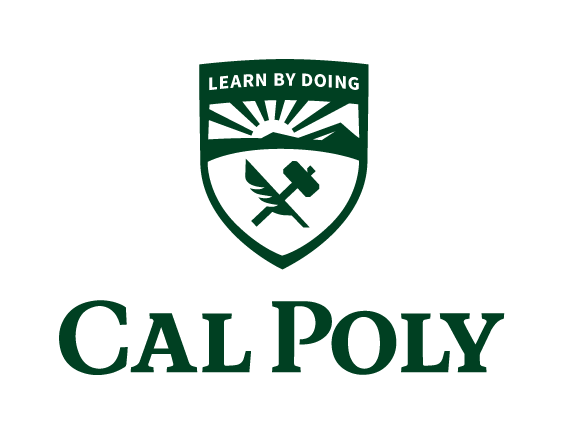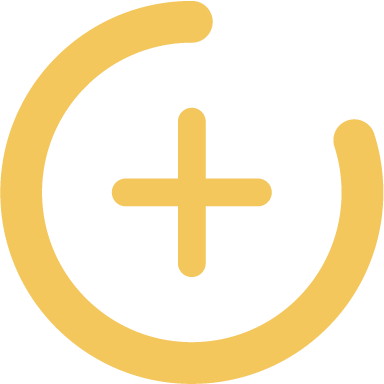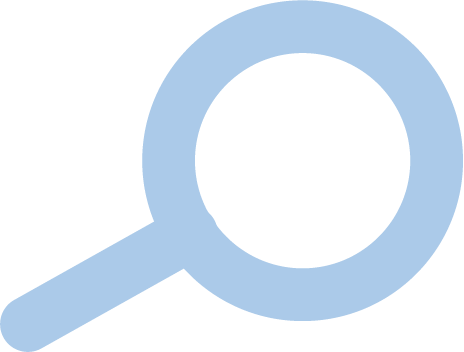![]() The Case for Publication
The Case for Publication
Poly Publishing publications may not look familiar in terms of academic scholarly publications, but they fulfill the notions of academic publication. We do not eliminate the standards of what academic scholarship (PDFs, text-based journals, etc.) currently look like, but insist upon the acceptance of expanding such standards.
Standards for selecting, validating, and sharing academic research may seem to be objective, but they are not. Academic publishing is not an exception to white supremacist culture, where dominant paradigms favor white scholars. These systems within the publishing industry often can perpetuate inequities, continuously excluding underrepresented scholars in citation practices, undermining a non-traditional methodology, or upholding inequitable labor practices.
Below, we will go through the general process of academic publication and understand how the publications produced from Poly Publishing expands our notion of a valid academic publication.



Publications are already an exclusive process, and the prioritization of ideas, topics, or people are a choice, a choice which may seem objective, but is not.
Interest of visual projects
We welcome all kinds of ideas, potentially not fully formed, in creating these digital, visual projects. To bring an idea into both physical and digital publication, please visit the criteria and submission process page.
SELECTION COMMITTEE
The selection commitee to pick the annual project will comprise of the following people:
– a faculty member who has participated in a past project
– Creative Works team
– rotating representatives from the Robert E. Kennedy Library
– CalPoly/San Luis Obispo Community Member
The committee will meet in person to discuss ideas, and have their time valued as such.
As a novel format, digital scholarship often may be assumed to be ‘less work’ or ‘easier’ than written material; however, the labor of the whole team of designers, illustrators, and creators is immense. We aim to give credit where credit is due.
As the work produced by poly publishing is accessible, the format potential of the scholarship itself are limitless. Traditional academic scholarship may often neglect to consider the racialization of the rhetoric, language, politics of citation, and methodologies used. In offering collaboration and editing of digital scholarship, poly publishing encourages vernacular and giving full context of citational practices.
Our Review Process
Each project has been selected by a juried process: the internal jury consists of faculty members who have been involved in the faculty exhibit process in itself. During the publication process, the publication itself undergoes an open peer review, both formally through the Open Discussion Session model with external reviewers, experts in digital publications, and for public digital comment and furthering accessibility, reaching a wide population, using our Visual Annotation Tool.
Assessment
Our assessment follows the ideas that we have begun this program on, with holistic standards that will depend on the project’s development. The review process, however, will help with the critique of the material. In order to fully assess the project, we have reimagined peer review to be one of open cultivation.
Our open peer review system brings people together to have a conversation, still holding ideas of transparency, accountability, and criticality to help the project develop. This review system is modeled after the Open Review Discussion Sessions in the California State University Library System. The key concepts of this work have been remodeled and made flexible for our internal use, in the format of a checklist.
These methods of peer review are an expansion of the definition of scholarship assessment, as current modes of peer review often may be biased towards those who still hold the most power.
Peer review in systems founded on ego/competition is held together by folks who are reciprocal of own accord. But there can’t be truly generous peer review until we confront deep-seated power hierarchies, individualism, & bad faith that happens in capitalist/imperialist academe. https://t.co/lpRNLSo7uO
— Dr Fish Philosopher Todd (Dr FPT)? (@ZoeSTodd) November 25, 2020
Visual Annotation Tool
In order to assist with our assessment practices, we have started a collaboration with the Capstone Software Engineering Project at Cal Poly. Students are currently developing a visual annotation tool, one that will be able to doodle, highlight, and generally annotate a digital project like the ones Poly Publishing produces.
A Short History of external validation
publication and dissemination
Who is this scholarship for? We ask this as an Open Access source, while still questioning the boundaries of even that title. How can we really measure ‘impact’ of our resources?
Use/reuse is sometimes not qualifiable which should not be detrimental to a piece of scholarship’s value.
Accessibility means more than just being able to download from an institutional repository: more than the standards of abilities and disabilities. As digital publications, poly published scholarship is accessible beyond depending on physical boundaries. We strive, through language, ideas, topics, and methodologies, to publish scholarship that is not exclusive and can be accessed across communities.
These ideas create a case for publication.
Often ideas for selection are purposefully vague to be able to maintain standards in regulations. Besides the influx of studies, ethnographies, papers, and scholarship that show the bias, obstacles, and systemic oppression that those who are minoritized in the academy face in publications, the requirements for retention, tenure and promotion state the following:
From Cal Poly’s local College of Liberal Arts definition of scholarship, our publications fit with the criteria of publication.
Scholarship produces a product, often referred to as intellectual property, that is shared through appropriate professional channels (e.g., as a book, journal article, book chapter, exhibit, performance, recording). • Scholarship is subject to “peer review,” a critical evaluation by external groups optimally qualified to judge the product. • Scholarship demonstrates a solid foundation and contributions to one’s field as well as currency in that field.
From Cal Poly’s local Robert E. Kennedy’s ideas of scholarly activities:
Scholarly work and creative activities can take many forms. Candidates shall specify scholarly work that is refereed, juried, or subject to other external validation. For collaborative projects and publications, the candidate shall describe their specific role in the accomplishment.
The following institutions and professional organizations have stated explicitly their support of digital publications – it is up to universities such as Cal Poly San Luis Obispo to implement the change of understanding the value of non-traditionally formatted scholarship, a true Teacher-Scholar model.
- American Anthropological Association
- American Historical Association (Further case study about digital histories, ideas about Engaged Historian)
- American Sociological Association
- American Association of University Professor
- College Composition and Communication
- Modern Language Association
- American Librarian Association
- American Studies Association
- National Women’s Studies Association
Further research has, for decades, been showing that the ‘standard’ structures of what is accepted as valid scholarly publication (continues to) marginalize those who are already historically underrepresented.
As a publication, the products of Poly Publishing are peer reviewed, an appropriate professional channel for scholars to share their work. Following Cal Poly’s Teacher Scholar model, innovative publications parallel various forms of student work.
Researched, compiled, and written by jaime ding.
February, 2021.
References
(More at our Visual Bibliography)
Much, much more to come – we work across discipline boundary lines, into frameworks such as critical librarianship, critical digital pedagogy, cultural studies, digital feminism, and more.
Matthews, Tricia. Written/Unwritten: Tenure and Race in the Humanities. University of North Carolina Press, November 2016.
Agate, N., Kennison, R., Konkiel, S. et al. The transformative power of values-enacted scholarship. Humanit Soc Sci Commun 7, 165 (2020). https://doi.org/10.1057/s41599-020-00647-z




